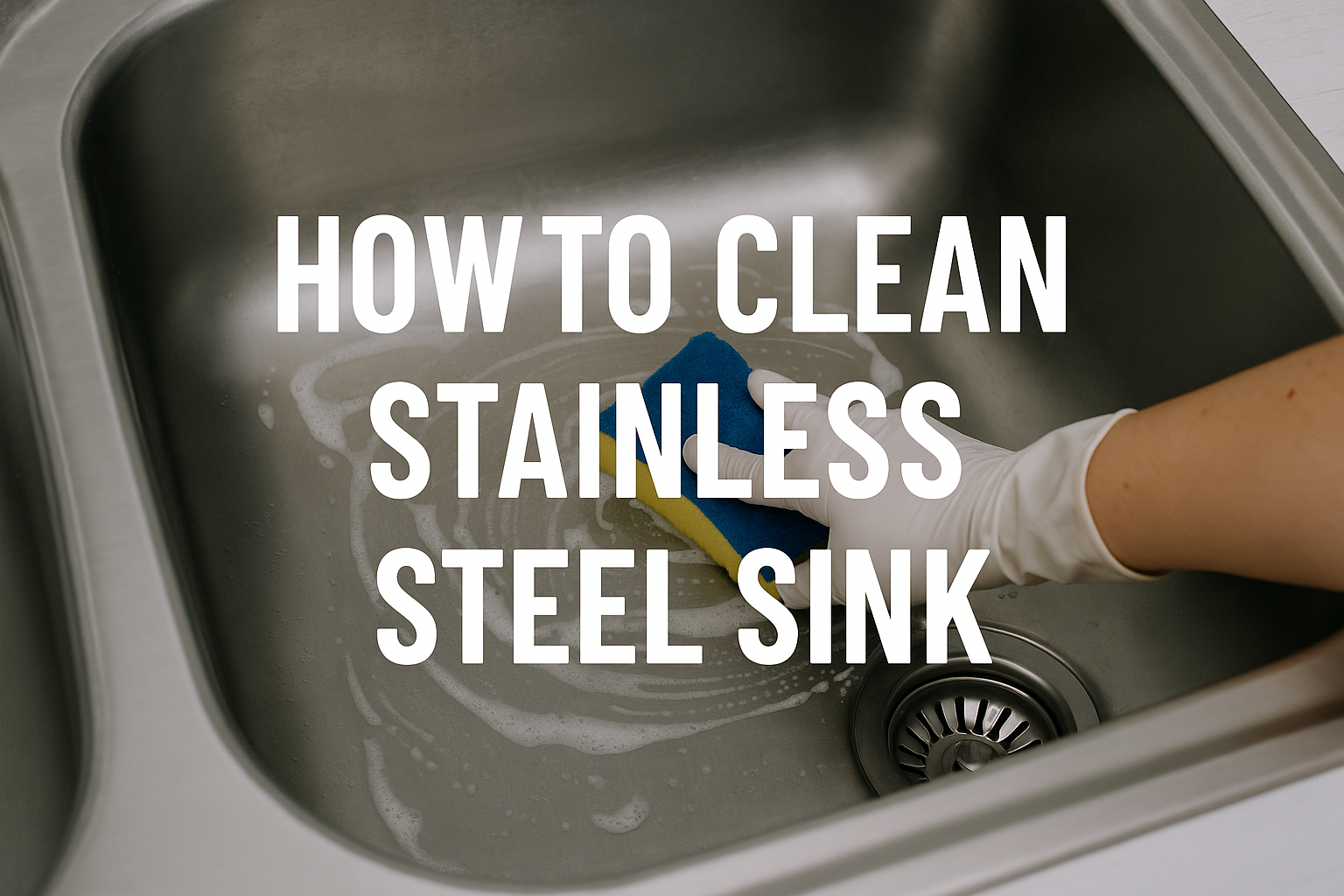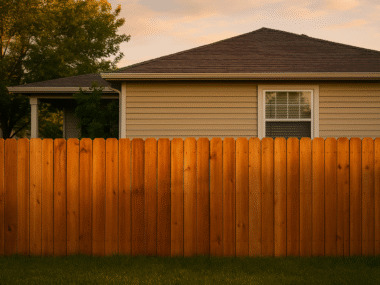A stainless steel sink is a centerpiece of any modern kitchen. It’s durable, elegant, and naturally resistant to heat and stains. But over time, water spots, grease, and mineral deposits can dull its shine. If you’re wondering how to clean stainless steel sink effectively and keep it sparkling like new, this detailed guide will walk you through everything—from daily upkeep to deep cleaning methods.
Why Cleaning Your Stainless Steel Sink Regularly Matters
- Hygiene & Safety
Kitchen sinks collect food particles, grease, and bacteria. Regular cleaning prevents germs and unpleasant odors. - Long-Lasting Shine
Hard water and soap scum can create cloudy spots. A proper cleaning routine preserves the sink’s natural luster. - Extended Lifespan
Dirt and mineral buildup can lead to corrosion or scratches. Maintenance protects your investment.
Essential Supplies You’ll Need
Before you start, gather these simple and inexpensive items—many of which are already in your pantry:
- Mild dish soap
- Baking soda
- White vinegar
- Lemon juice
- Olive oil or mineral oil (for polishing)
- Soft sponge or microfiber cloth
- Old toothbrush (for tight corners)
- Warm water
Pro Tip: Avoid harsh chemicals, steel wool, or bleach, as these can scratch or discolor stainless steel.
Step-by-Step Guide: How to Clean Stainless Steel Sink
1. Clear and Rinse
Remove any dishes or food scraps. Rinse the sink thoroughly with warm water to loosen surface debris.
2. Wash with Mild Dish Soap
Apply a few drops of dish soap on a damp sponge. Scrub gently in the direction of the steel grain (not circular). This prevents fine scratches and keeps the surface smooth.
3. Sprinkle Baking Soda
For stubborn grime, sprinkle baking soda evenly over the sink. Baking soda is mildly abrasive and great for removing grease without damaging the metal.
4. Scrub with a Soft Sponge
Use a sponge or an old toothbrush for edges, corners, and around the drain. Rinse with warm water.
5. Deodorize with Vinegar or Lemon
Spray white vinegar or rub lemon juice over the sink. This kills bacteria, removes water spots, and neutralizes odors. The fizzing reaction with baking soda helps lift stains.
6. Rinse and Dry
Rinse thoroughly with warm water. Wipe dry with a clean microfiber cloth. Drying is crucial to prevent water spots and calcium buildup.
Deep Cleaning for Hard Water Stains and Rust
Sometimes daily cleaning isn’t enough. Follow this deep cleaning routine once a week or when your sink looks dull:
- Hard Water Stains: Soak a cloth in vinegar, place it on the stain for 10–15 minutes, then gently scrub.
- Rust Marks: Make a paste of baking soda and water. Apply it on the rust spot and rub gently with a soft cloth.
- Drain & Faucet Base: Use an old toothbrush dipped in vinegar to remove hidden grime.
Expert Hack: For a glossy finish, apply a few drops of olive oil or mineral oil on a soft cloth and buff the sink. It creates a protective layer against water and fingerprints.
Daily & Weekly Maintenance Tips
- Rinse and dry the sink after every use.
- Don’t leave wet sponges or steel utensils inside the sink overnight.
- Clean the drain and faucet weekly to prevent clogging and odors.
- Polish once a week for a lasting shine.
These small habits can keep your stainless steel sink looking brand-new for years.
Natural Cleaning Recipes You Can Try
If you prefer chemical-free solutions, here are three quick DIY cleaners:
- Citrus & Salt Scrub
Cut a lemon in half, sprinkle salt, and scrub directly. The acid removes stains and adds a fresh scent. - Baking Soda & Hydrogen Peroxide
Ideal for heavy stains. Make a thick paste, spread it over the sink, and let it sit for 10 minutes before rinsing. - Vinegar & Essential Oils Spray
Mix equal parts vinegar and water, add a few drops of tea tree oil, and spray after every wash.
Mistakes to Avoid When Cleaning Stainless Steel Sinks
- Using Steel Wool or Abrasive Pads: They can scratch the finish.
- Leaving Bleach or Harsh Cleaners: These can discolor the surface.
- Not Drying the Sink: Standing water causes mineral spots.
- Scrubbing Against the Grain: Always clean along the grain for a polished look.
Key Takeaways
Keeping your sink clean isn’t just about looks—it’s about hygiene and longevity. Here’s a quick recap of how to clean stainless steel sink effectively:
- Clean daily with mild soap and water.
- Use baking soda and vinegar for deep cleaning.
- Dry thoroughly to prevent stains.
- Polish with olive oil or mineral oil for extra shine.
Conclusion
A stainless steel sink is built to last, but only if you give it proper care. With these easy steps and natural cleaners, you can maintain a spotless, germ-free, and shiny sink effortlessly. Make this guide part of your regular kitchen routine, and your sink will continue to sparkle year after year.






